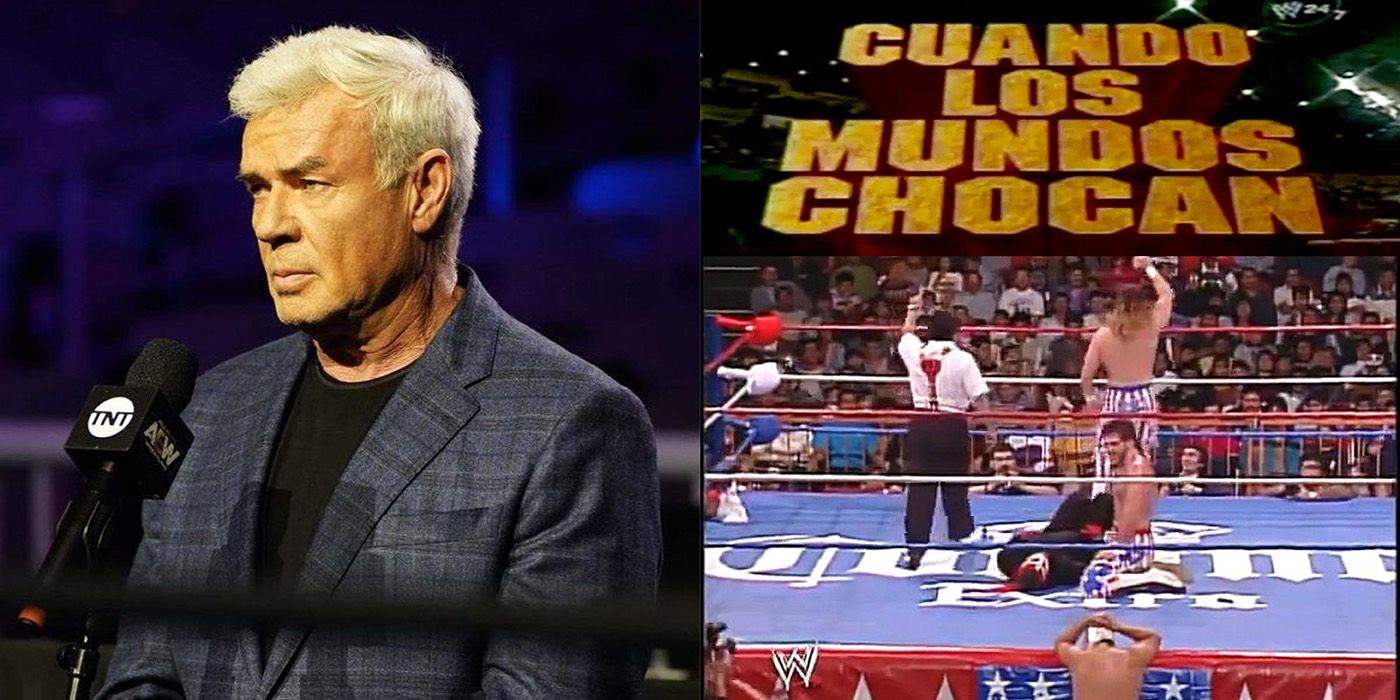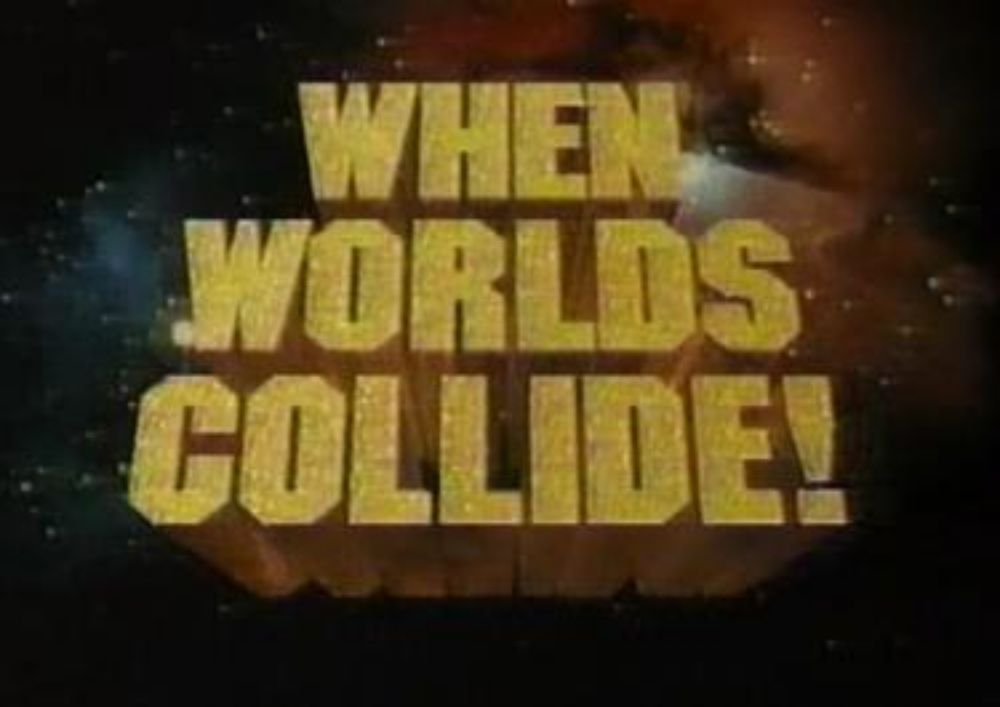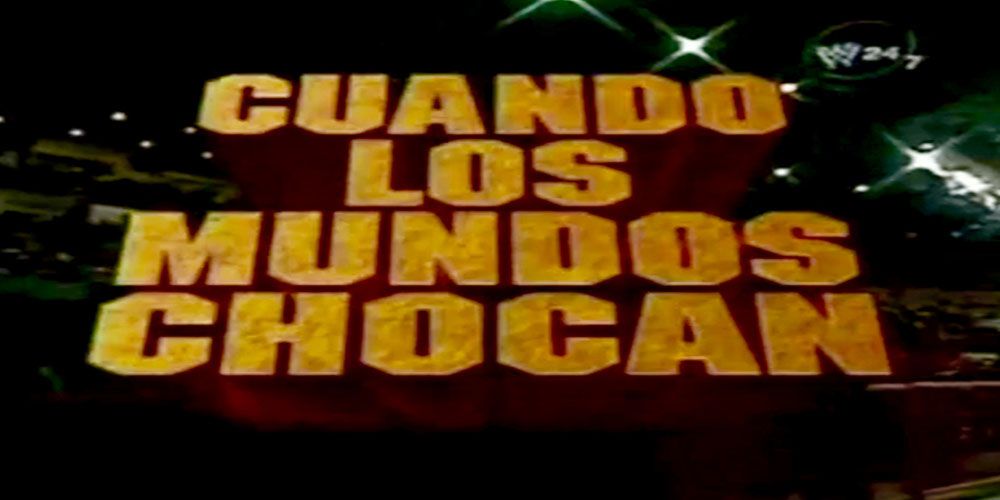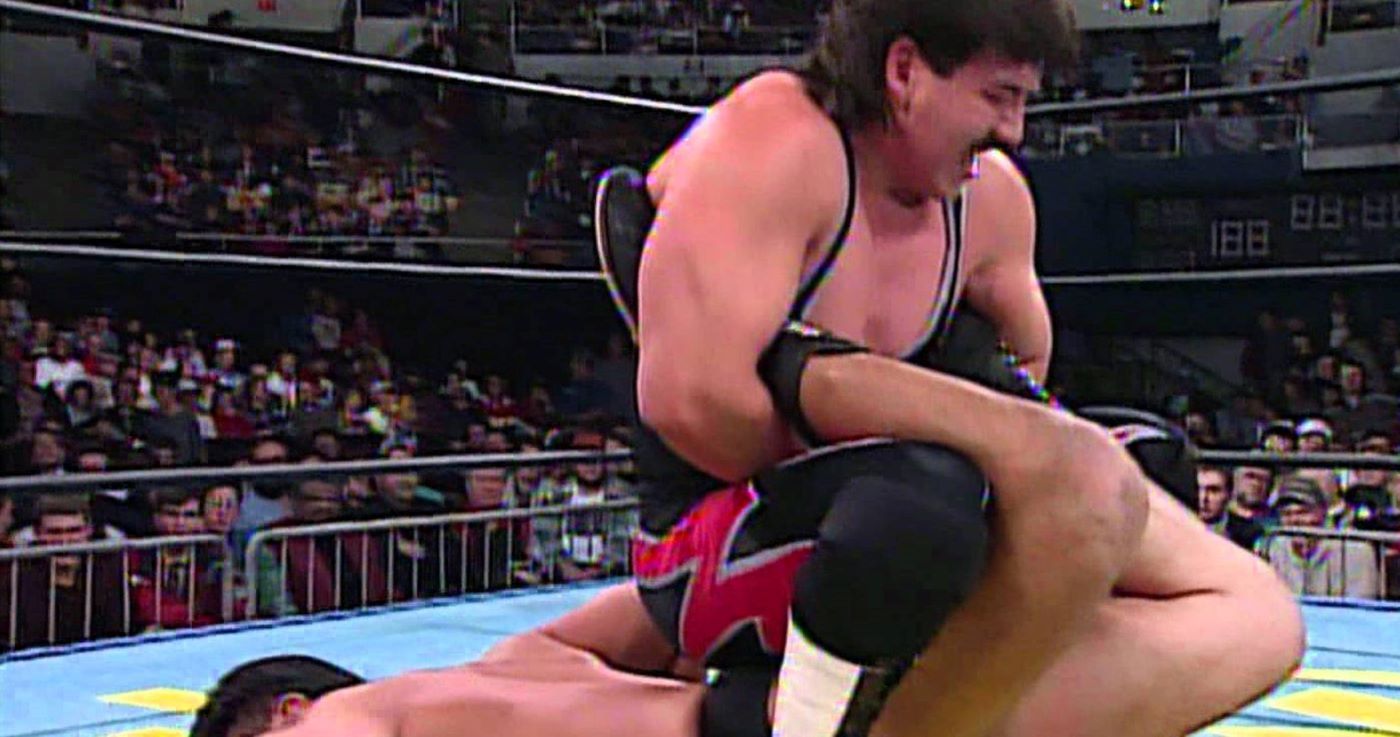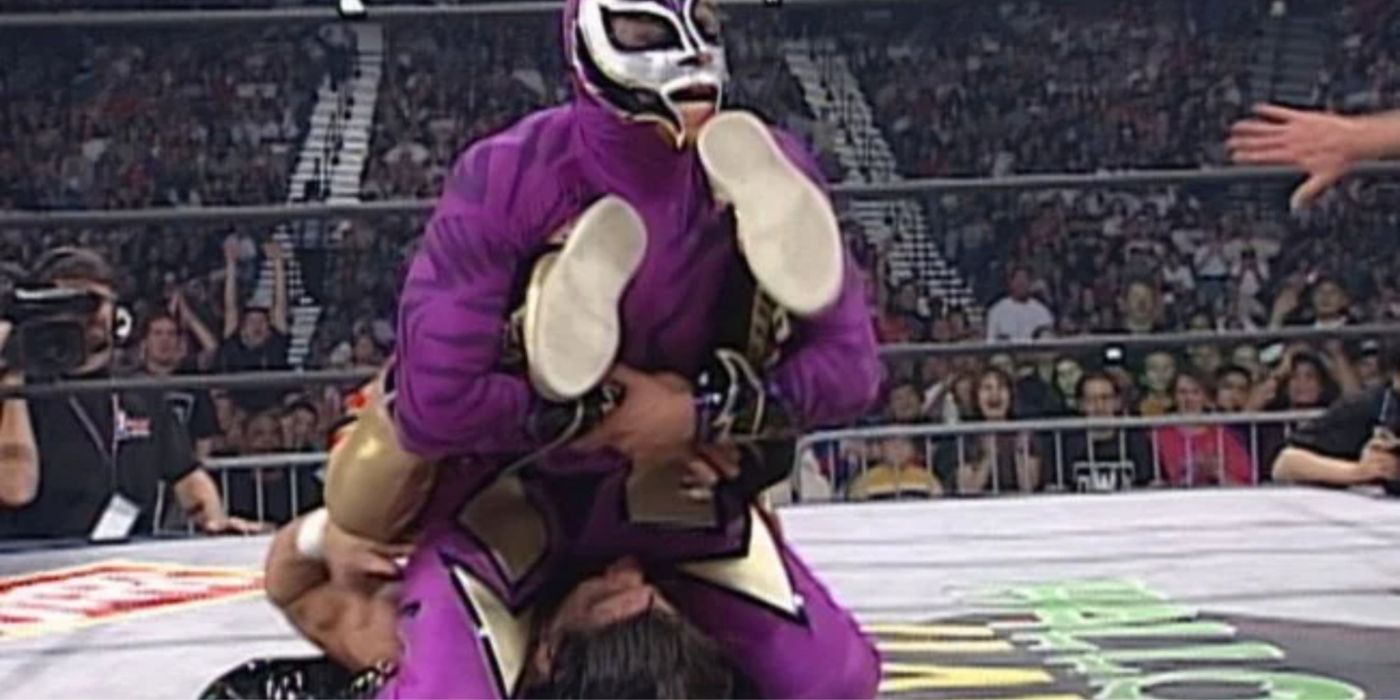By the mid-1990s in the United States, the wrestling television market was owned by Ted Turner and Vince McMahon. Each company was looking for the next big thing. By 1993 Antonio Pena and the upstart AAA were making waves in Mexico. It wasn’t long before a young executive, Eric Bischoff, became curious about how well received the Lucha Libre style would be received by American fans.
The Build And Troubles Inside WCW
At this point in the young promotion’s history, much like most independent promotions in America, AAA wanted to see a quick profit from a show and was less worried about long-term storytelling in the States. This mixed with the lack of exposure for the style of wrestling the Mexican-based promotion exhibited left executives in WCW wondering what Bischoff was up to. Eric Bischoff was hoping to tap into a previously untouched market by the mainstream American wrestling fan and he thought AAA was the forbidden door that needed to be opened to make that happen.
When the show was originally booked and planned it was supposed to be a collaborative event featuring talent from both promotions. This was not the case with the final show that was put on. The show was scripted, and matches were produced by AAA. However, WCW did not feature any wrestlers for the event. This is where the politics of the wrestling world came into play. Both WCW and AAA had working relationships with the IWC, no not the notorious band of wrestling fans online, but rather the International Wrestling Council led by Ron Skoler. Skoler, a New York-based attorney and wrestling promoter had been a fan of Lucha Libre for most of his life, and also thought the style of wrestling could get over with American fans. Even going so far as letting AAA produce shows in America under the IWC banner. WCW did end up using their technical staff and TV production team to produce the event, and Mike Tenay and Chris Cruise were on the English commentary team.
The Show
The show itself, dubbed “When World’s Collide” was the American debut of AAA. It was marketed and promoted by all three promotions, on both sides of the border. The host city of the event was selected from a short list that the companies felt could relate to the culture, thus having a huge Latino population Los Angeles, California was picked to host. The event would go on to sell out the historic Los Angeles Memorial Sports Arena pushing the historic venue to a max capacity of 13 thousand screaming fans.
The card itself only consisted of five matches. Four of the five matches were multi-man tag team matches or tag team matches. The only singles match of the night was the main event, which was a steel cage match and featured future WCW star and NWO member Konnan. Although Konnan was the IWC World Heavyweight Champion, the original version of the AAA Mega Championship, this was a non-title match. This almost 20-minute battle saw Konnan get beat by Lucha Libre legend Perro Aguayo, who would later claim the title a few days later at a house show back in Mexico.
The semi-main event was without a doubt the match of the night and even garnered a five-star rating from the Wrestling Observer Newsletter and Heel of the year honors given to a member of one of the teams. The match was a tag team Lucha de Apuestas, or hair versus mask, match. It featured Octagón and El Hijo del Santo and La Pareja del Terror the team of Art Barr and Eddy Guerrero. This was an important match because Guerrero would leave shortly after the event and join another upstart promotion in the States, ECW, and his tag team partner Art Barr would tragically pass away a few weeks later. The classic match ended with the losing tag team shaving each other’s hair in the middle of the ring, in an emotional showcase.
The Undercard And Aftermath
The undercard for the event also featured the likes of Rad Radford, a future staple of Extreme championship wrestling, and Lucha Libre legend Psicosis in a six-man tag. This match also featured another young Lucha Libre legend in Rey Mysterio Jr. Who, was already taking the mainstream wrestling world by storm. American territory stars Tito Santana and 2 Cold Scorpio were also featured on the card.
Bischoff would use the momentum of this show and the popularity of the event to eventually make a move for some of the AAA superstars. WCW would use these breakout stars as a mainstay in their cruiserweight division until the end of the company in 2001.

